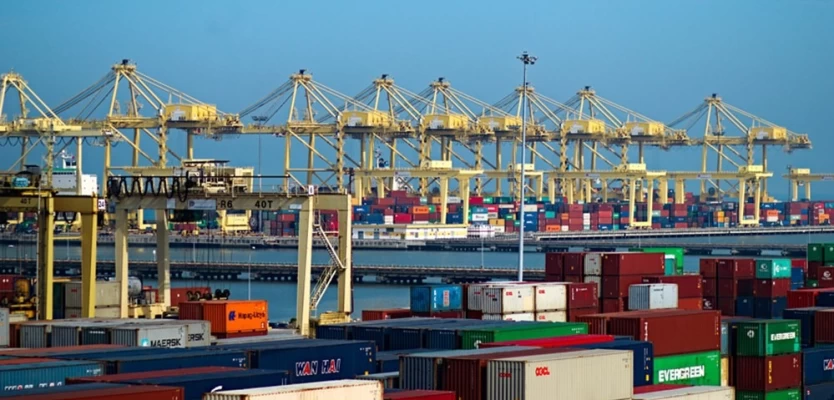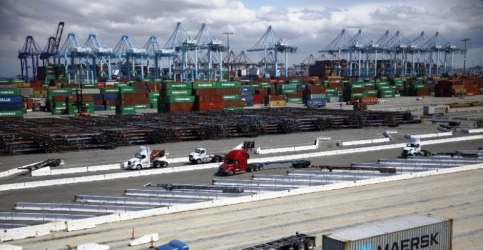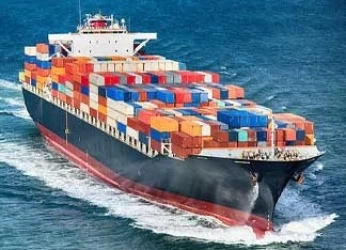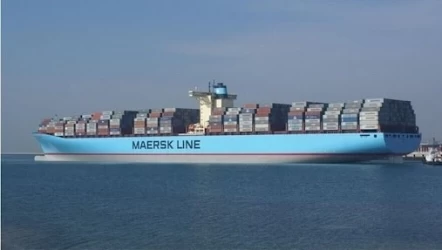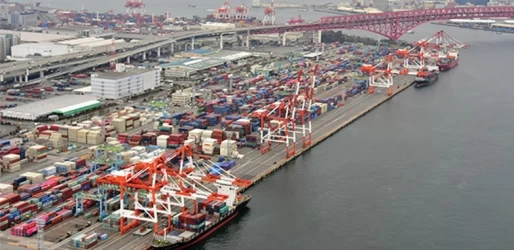Sea Freight in Penang Port
Penang Port, located in the Malaysian state of Penang, is a vital hub for sea freight in Southeast Asia. Established in 1786, it has grown to become one of Malaysia’s busiest ports, handling a significant volume of cargo and serving as a crucial transshipment hub. This article delves into the various aspects of sea freight operations at Penang Port, including its facilities, services, and strategic importance.
Historical Background
Penang Port’s history dates back to the British colonial era when it was founded as a free port by the British East India Company. This status allowed goods to be traded without the imposition of taxes, duties, or tariffs, fostering a bustling trade environment. Over the years, the port has evolved, with significant developments such as the relocation to Butterworth on the mainland in 1974 to accommodate larger container vessels.
Facilities and Infrastructure
Penang Port boasts a range of facilities designed to handle various types of cargo efficiently. The port comprises five cargo and container terminals located in Butterworth and Perai, while Swettenham Pier in George Town serves as a passenger-only cruise terminal. The port’s infrastructure includes:
- Container Terminals: Equipped to handle both Full Container Load (FCL) and Less than Container Load (LCL) shipments, these terminals facilitate efficient cargo handling and storage.
- Berths: With 26 berths and a draft depth of 12 meters, the port can accommodate large vessels.
- Warehousing: Modern warehousing facilities ensure the safe storage of goods, with services such as consolidation and deconsolidation available.
Services Offered
Penang Port offers a comprehensive range of sea freight services to meet the diverse needs of its clients. These include:
- Export and Import Services: The port handles FCL and LCL shipments for both export and import, providing competitive freight rates and reduced transit times.
- Transshipment and Transloading: Acting as a transshipment hub, Penang Port facilitates the onward movement of cargo to various global destinations.
- Customs Clearance: Efficient customs clearance services ensure smooth and timely processing of shipments.
Strategic Importance
Penang Port’s strategic location along the Malacca Strait, one of the world’s busiest maritime trade routes, enhances its significance as a sea freight hub. The port serves as a gateway for trade between Malaysia and other countries, particularly in the Asia-Pacific region. Its proximity to major manufacturing and industrial centers further boosts its role in facilitating international trade.
Economic Impact
The port’s operations have a substantial economic impact on the region. By handling a significant volume of cargo, Penang Port contributes to the local economy through job creation and business opportunities. In 2017, the port handled 1.52 million TEUs of container cargo, making it the third busiest port in Malaysia.
Future Prospects
Looking ahead, Penang Port is poised for further growth and development. Plans for infrastructure upgrades and expansion aim to enhance the port’s capacity and efficiency. These developments will enable the port to handle larger volumes of cargo and accommodate the increasing demands of global trade.
The Vital Role of Sea Freight Between Penang Port and Iran in Strengthening International Trade
Sea freight between Penang Port and Iran plays a crucial role in facilitating trade between Southeast Asia and the Middle East. Goods transported from Penang to Iran typically include electronics, machinery, and consumer goods, while imports to Penang often consist of petrochemical products, textiles, and agricultural commodities. The strategic location of Penang Port along the Malacca Strait, combined with its modern facilities and efficient operations, ensures smooth and timely shipping processes. This maritime route not only supports economic growth but also strengthens trade relations between Malaysia and Iran, contributing to the broader regional trade network.
Conclusion
Penang Port plays a pivotal role in Malaysia’s sea freight industry, offering a wide range of services and facilities to support international trade. Its strategic location, modern infrastructure, and efficient operations make it a key player in the region’s maritime logistics landscape. As the port continues to evolve, it is set to remain a crucial hub for sea freight in Southeast Asia.
if you have a specific question or need more details about Penang Port, Iran's logistics experts are your answer!

